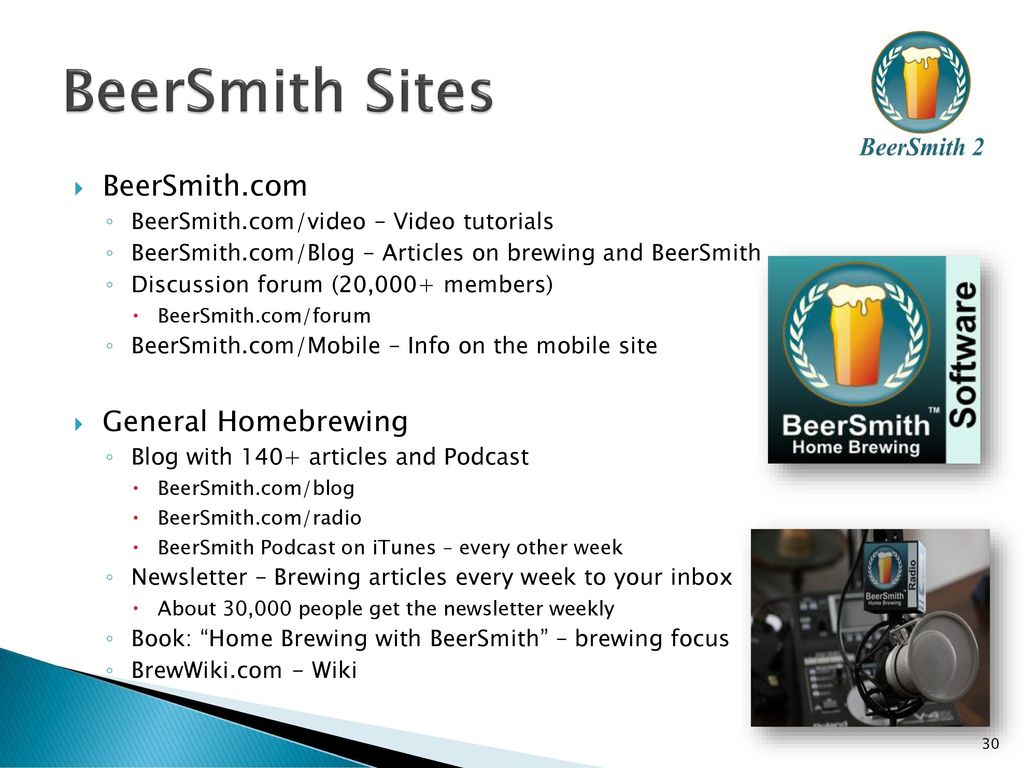

There is no correlation between strength and color. Variations exist in strength and color, but they all have similar characteristics and balance, in particularly the refreshing, highly-attenuated, dry character with high carbonation. The hop bitterness can be restrained, although it can seem accentuated due to the high attenuation levels. The finish is very dry and the aftertaste is typically bitter and spicy. Herbs and spices are completely optional, but if present should be used in moderation and not detract from the yeast character. Stronger versions will have more malt flavor in general, as well as a light alcohol impression. Darker versions will have more malt character, with a range of flavors derived from darker malts (toasty, bready, biscuity, chocolate, etc.) that support the fruity-spicy character of the beer (roasted flavors are not typical). The balance is towards the fruity, spicy, hoppy character, with any bitterness or sourness not overwhelming these flavors. Hop flavor is low to moderate, and generally spicy or earthy in character. Allow for a range of balance in the fruity-spicy characteristics this is often driven by the yeast selection. The fruity character is frequently citrusy (orange or lemon), and the spices are typically peppery.

Attenuation is extremely high, which gives a characteristic dry finish essential to the style a Saison should never finish sweet. Bitterness is typically moderate to high, although sourness can be present in place of bitterness (both should not be strong flavors at the same time). Medium-low to medium-high fruity and spicy flavors, supported by a low to medium soft malt character, often with some grainy flavors. The balance and intensity of flavors can be affected by aging, with some flavors becoming more subdued over time and some aged, vinous or port-like qualities developing. The palate and finish can vary from relatively dry to moderately sweet, usually with some lingering roastiness, hop bitterness and warming character.

Malt backbone can be balanced and supportive to rich and barleywine-like, and may optionally show some supporting caramel, bready or toasty flavors. Fruity esters may be low to intense, and can take on a dark fruit character (raisins, plums, or prunes). A slightly burnt grain, burnt currant or tarry character may be evident. Moderate to aggressively high roasted malt/grain flavors can suggest bittersweet or unsweetened chocolate, cocoa, and/or strong coffee. Medium-low to high hop flavor (any variety). Rich, deep, complex and frequently quite intense, with variable amounts of roasted malt/grains, maltiness, fruity esters, hop bitterness and flavor, and alcohol. Aging affects the intensity, balance and smoothness of aromatics. Not all possible aromas described need be present many interpretations are possible. The balance can vary with any of the aroma elements taking center stage. Aged versions may have a slight vinous or port-like quality, but shouldn't be sour. An alcohol character may be present, but shouldn't be sharp, hot, or solventy. Hop aroma can be very low to quite aggressive, and may contain any hop variety. Fruity esters may be low to moderately strong, and may take on a complex, dark fruit (e.g., plums, prunes, raisins) character. May optionally show a slight specialty malt character (e.g., caramel), but this should only add complexity and not dominate. The malt aroma can be subtle to rich and barleywine-like. The roasted malt character can take on coffee, dark chocolate, or slightly burnt tones and can be light to moderately strong. Rich and complex, with variable amounts of roasted grains, maltiness, fruity esters, hops, and alcohol.


 0 kommentar(er)
0 kommentar(er)
